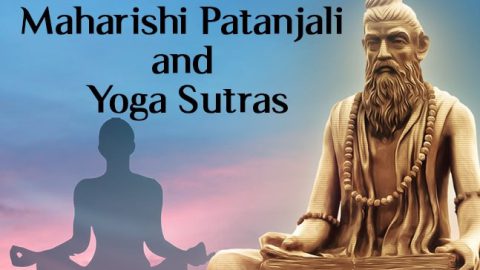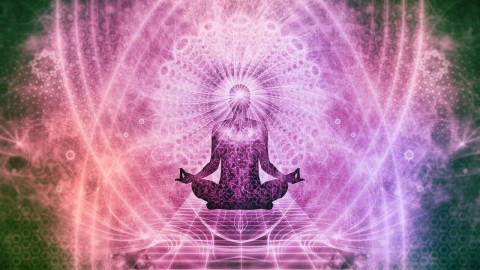Integrating Ancient Wisdom in Modern Life: Mind-Body-Spirit Connection
- Patanjali tells us, “The physical postures should be steady and comfortable.” He goes on to say, “they are mastered when all effort is relaxed and the mind is absorbed in the Infinite.”
- Asana addresses the mind-body-spirit connection, by sitting still and comfortably. In which your spine, neck and head are in a straight line. Perfection in the posture is achieved when the effort to perform it becomes effortless and attention merges with the infinite. By relaxing the effort and fixing the mind on the infinite, asana is perfected.
- When Asana is perfected, Patanjali calls it “The Cessation Of The Mind.” With this fluctuating mind, which causes an unfocused mind and emotional imbalance, transcend to calm and emotional grounding.
- Asana is not an end in itself. Asana is the medium of meditation. Meditation is the medium of Cessation of the mind, Samadhi. Samadhi is the medium of kaivalyam, libration.
- Asana practised with Yama and Niyama will be Yoga asana. They use that energy for self-realisation. But when we take out Yama and Niyama from Asana then it will be just gymnastics. They use that energy for a lustful life.
- Types of Asana: meditative asana and cultural/corrective asana.
- Meditative asana: They are static asana. The main objective is to increase the concentration of meditation. In this asana your spine, neck and head are in a straight line.
- Corrective Asanas: They are dynamic asanas. The position in which a person holds his body or asana to bring flexibility in the body. This is for body, mental and breath alignment.
- How to realise that asana has been aligned with your physical, mental and breath? If for 40 minutes your body is still in one posture and the mind ceases with that Asana Or an asana which has come to you, which has happened to you meditation happens naturally then that asana is for you.
- Asana requires two alignments: The spine, neck and head being in a straight line. Body, breath and mind being present in themselves and in rhythm with each other. For meditative asana both alignments are needed. For Corrective asana alignment of body, mind and breath.
- When one regularly practises aligned asanas, he will be beyond duality. That is, duality cannot hinder them in the practice of asana. One can experience the bodiless state in complete silence. Movement is possible through the body and the senses. No movement is possible with a still body and restraint of mind.










